Dance forms are very vital parts of a country’s culture and are expressive of what matters to the place. Regional folk dances reflect the way of life of a region or country. A traditional Mexican dance combines elements from its European, African, and the indigenous heritage of Mexico. Initially, they belonged to two categories- one for the elite and one for the common people. The dance of the commons was generally about the agricultural cycle. These dances evolved in the period from 1520 to 1750. The earliest of these evolved dances were enactments of battle conquests.
With a rich history and influential heritage, the Mexican dancers couldn’t convey everything through one or two dance forms. This is the reason why the vibrant and colorful dances in Mexico evolved into various styles, originating in different states.
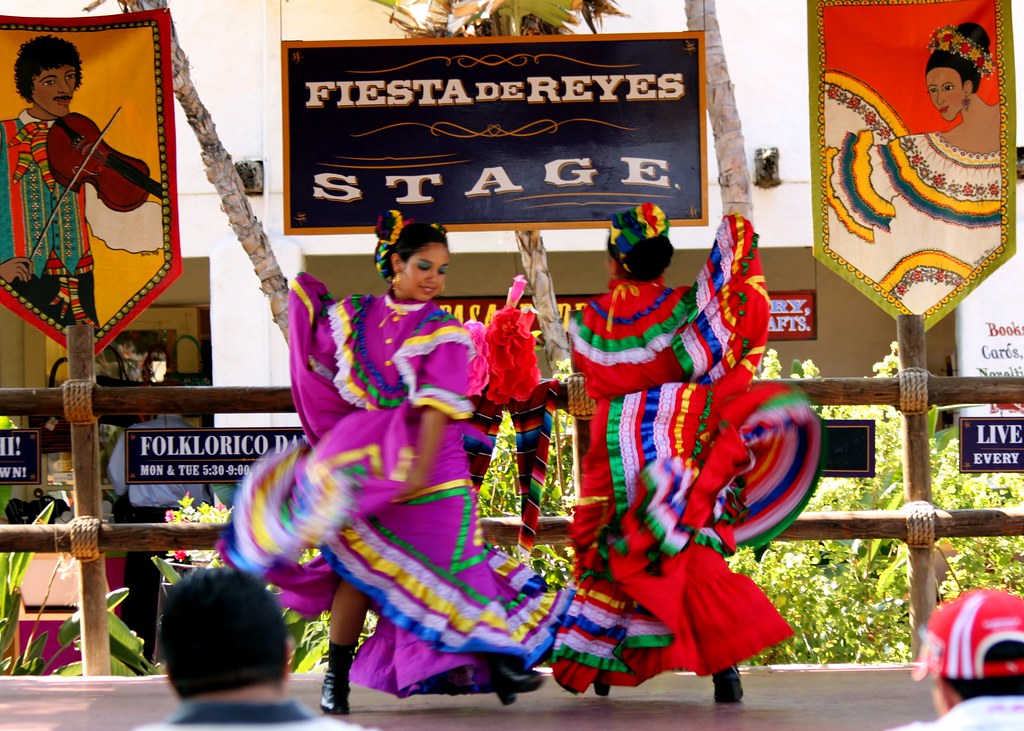
What is Mexico’s Dance and Music?
Mexico’s music culture is defined by Mariachi music or the traditional Mexican Folk Music. This form of music is different from other types in terms of attire, use of instruments, and songs. Trumpets and violins dominate Mariachi music. The sense of humor of the region is evident in the lyrics of the Mariachi songs.
Traditional Mexican dances that represent the different regions of the country are the Folklorico dances. Did you know that the Spanish people had tried to curb all the dance forms and do away with this form of expression completely? Today, the government of Mexico is investing heavily in this art form. The Institute of Ballet Folklorico de Mexico is promoting young talent and encouraging them to take up dancing.
Popular Mexican Dances
As the different dance forms originate from different regions of Mexico, they have their characteristic features. Each dance has its attire and accompanying instruments. Below are some of the popular dances in Mexico:
Jarabe Tapatío

Jarabe Tapatío is the most internationally renowned of all the traditional Mexican dances. It is the most patriotic, being the National dance of the country. It was named the National dance in 1924, to give a collective national identity to several different cultures. It is a matter of national pride for the natives.
The dance forms, Spanish ‘Jarabe Gitano’ and ‘Zambra’ that were popular during viceroyalty are the inspiration behind Jarabe Tapatío. It was first performed in Guadalajara, Jalisco, as a courtship dance, in the nineteenth century.
Jarabe Tapatío is also known as Mexican Hat Dance and the attire for this traditional dance is intriguing and unique. The men wear a charro suit, whereas the females wear a china poblana dress.
La Conquista

La Conquista is an essential traditional dance form in Mexican history. Inspired by The Baile De Los Moros, it is popularly known as The Baile De La Conquista. It tells the tragic story of the Spanish conquest where a few masked dancers portray the historical figures of Hernán Cortés, La Malinche, and Moctezuma.
The dance form is highly popular in the states of Jalisco and Michoacán. It originated in Guatemala, although its variations are performed throughout Latin America, but with the difference of local folklore.
Danza de los Viejitos

Danza de los Viejitos, prevalent mostly in the Mexican state of Michoacán, is the dance of the older men. Initially created as a mockery for the Spanish upper class, the concept came into practice in the 20th century, with rhythms for traditional folk dance.
These dances feature the use of traditional and indigenous clothes and instruments. While the men dance with masks and machetes, the women carry a fan. One of the most striking features of Danza de los Viejitos is the use of wooden shoes worn by both male and female dancers. This adds impact to each step a dancer takes. Danza de los Viejitos has some similarities with another dance form called Hiehuenches.
Danza del Venado
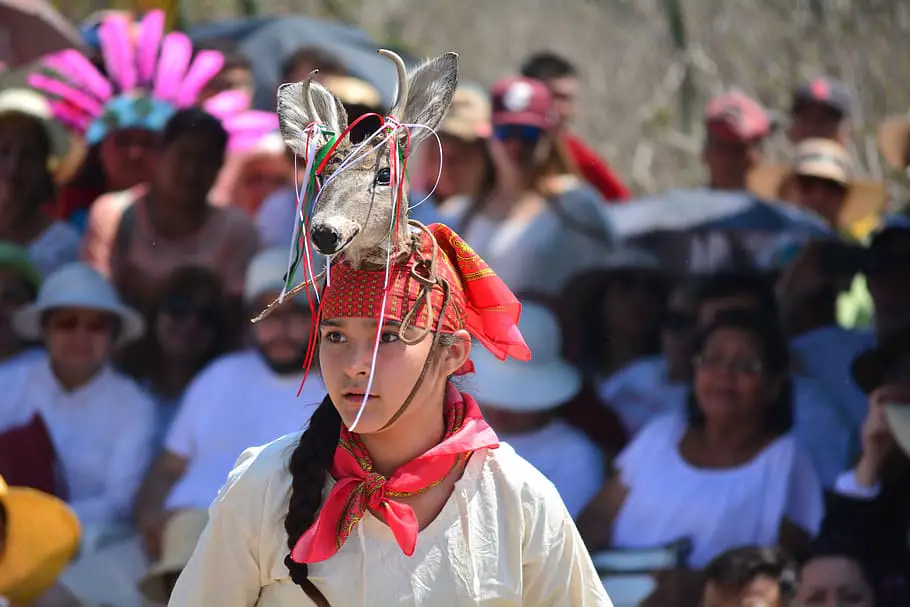
Danza del Venado is a unique Mexican dance form, depicting the story of a deer hunt. You can easily identify this dance form even if you watch it for the first time. The dancers wear hunter masks and deer antlers, either real or imitation, on their heads.
People perform this traditional ‘Danza’ during the spring. It hails from the Yaqui regions of Sinaloa and Sonora. Danza del Venado is now extremely popular across the US, with numerous shows happening all over the country.
Los Voladores de Papantla
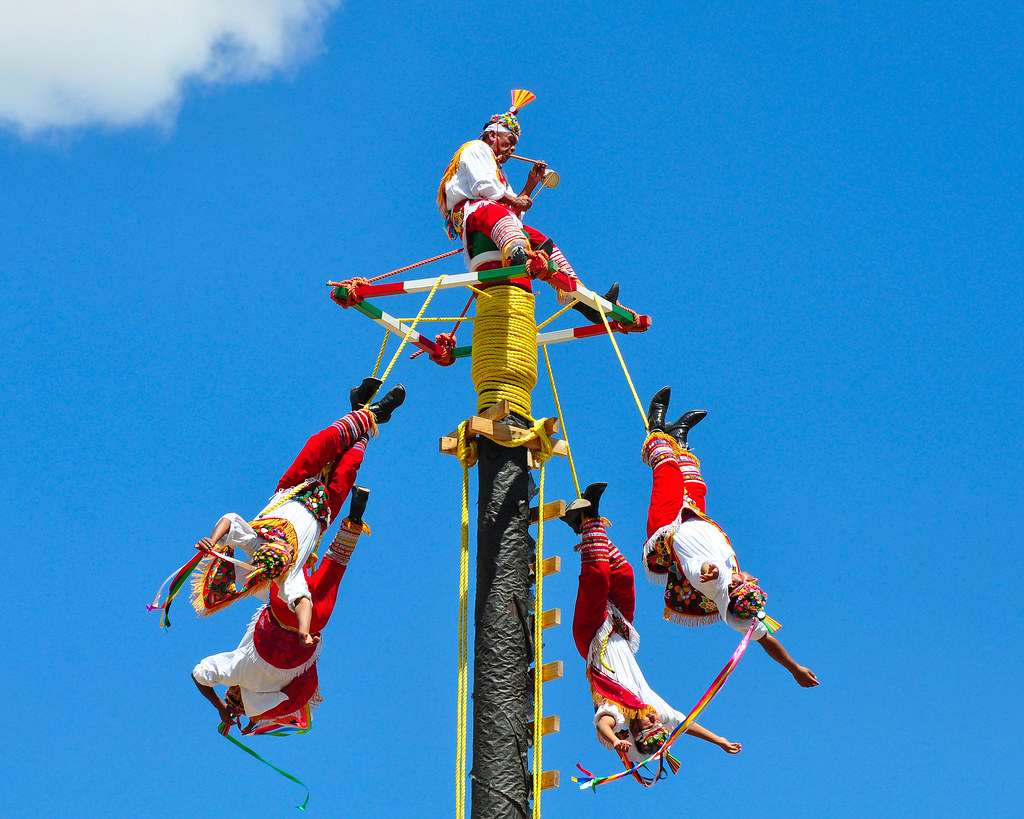
Los Voladores de Papantla has been designated an ‘Intangible Cultural Heritage’ tag by UNESCO. It translates to ‘Dance of The Flyers’ in English. You will be at the edge of your seat while watching this traditional performance. It starts with five dancers scaling a pole, 30 meters in height. After this, four members descend towards the floor with a rope, while the fifth member stays at the top, playing drum and a flute.
The four descending members tied merely by a rope, spin, and twirl on their way down. There is a widespread belief that Los Voladores de Papantla was created to pray to the Gods to end a severe drought.
Concheros

Concheros is an ethnic Mexican dance form with dancers featuring in body paint and headdresses. It gets its name from an armadillo shell lute, showing European and Spanish influences. Some of the other heavily used instruments are the drum and the flute. The Concheros dances have their roots in the northern Chichimeca cultures.
This dance form has been known by various names throughout history, with the most modern one being Concheros. Some of the other names used are Huehenches, Aztecas, Chichimecas, and Mexicas. It is based on the ‘mitote’ dance but has been adapted to incorporate Catholic symbolism to preserve ancient rituals.
Danza de los Diablos

Danza de los Diablos is the link to the African heritage of Mexico, the Guerrero/Oaxaca. This dance form originated during the colonial period when African slaves were brought to the Mexican coast. The attire of the Danza de los Diablos dance is the same for all the dancers who wear masks. The leading performer who plays the role of Diablo Mayor dresses more elegantly.
Danza de los Diablos involves movements in circles of the back, of the front, grunting and throwing, and forced movements. Each performance can contain 12, 16, 24, or 36 elements. In Cuajinicuilapa, dozens of people perform this dance, popularly known as the ‘Dance of the Devils’. It has a special place in the hearts of the people, especially among the youth.
Matlachines
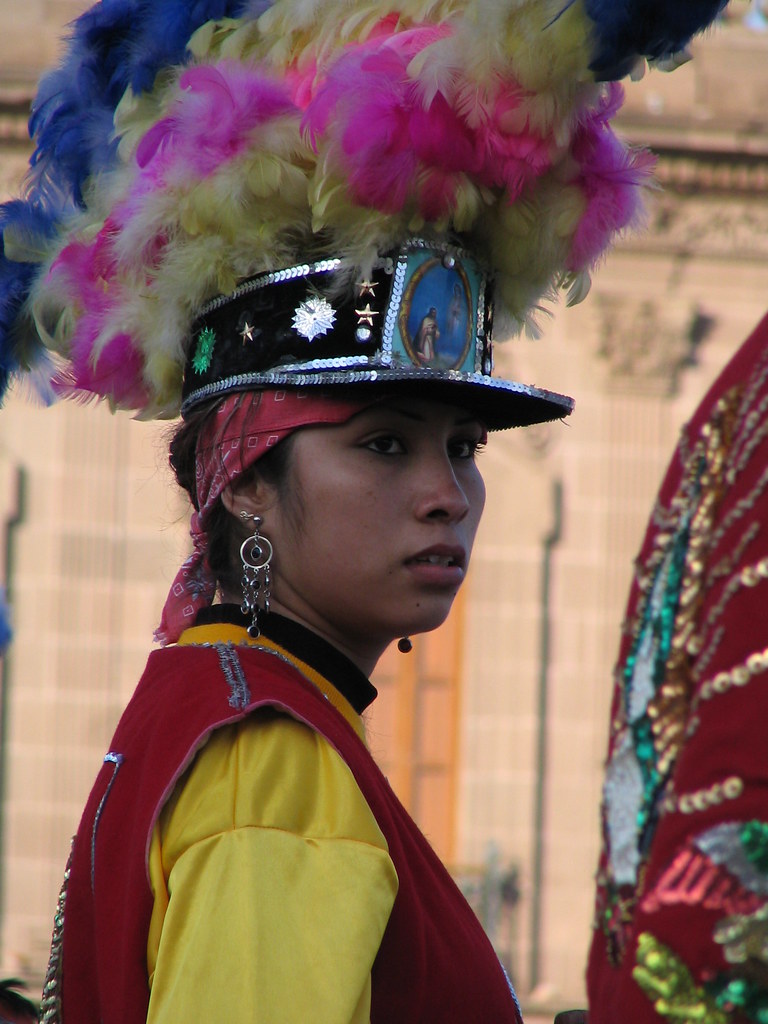
The traditional Mexican dance Matlachines has many similarities with Danza de los Viejitos. The dancers wear wooden shoes to make an impactful sound with each step. The costumes are colorful and vibrant, usually in sync with the colors of the flag of Mexico. Matlachines is popular in the northern part of the country, especially in Zacatecas.
Tlaxcala stakes the claim to the origin of this dance, but people believe that it originated in Aguascalientes. The idea behind the art form was combining the colonial and pre-historic dance and music. The Patron Saint festivals usually witness the performance of Matlachines.
Moros y Cristianos

Moros y Cristianos originated sometime in the 16th century and is one of the traditional dances that is not native to Mexico. It is mostly performed in many cities in Spain but is also very popular in Mexico. Initially introduced by monks, it is also known as the ‘Dance of the Moors and Christians’ in English. Dancers perform Moros y Cristianos to commemorate fights, battles, and combats between the Moors and the Christians during the Reconquista period.
During the Moros y Cristianos dances, depending on the allegiance they are depicting, Moors or Christians, all the dancers wear masks and capes. Armies of both sides march in processions. The participants are in hundreds, sometimes thousands. The dancers announce their grand entry with loud music and fireworks.
Chinelos
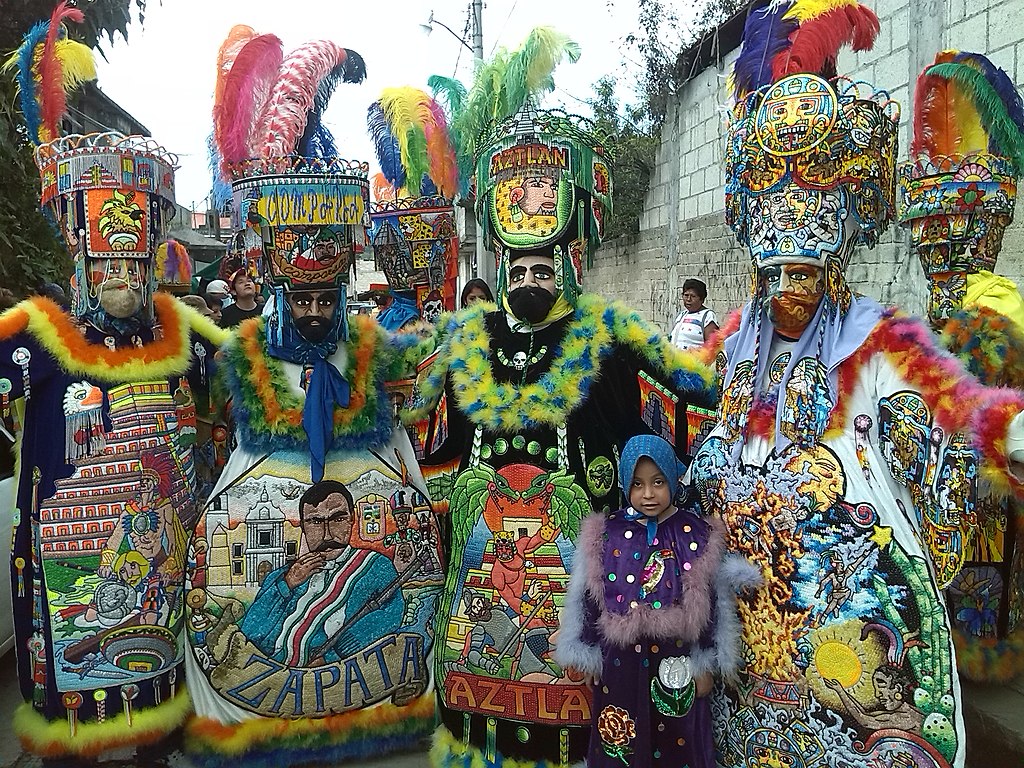
Chinelos is a traditional Mexican dance form that takes a mocking tone towards the Europeans. The dancers are disguised as Europeans, imitating their fair color and elaborate sense of dressing. The elaborate attire, with the fancy gloves, arrogant stance with an uptilted beard mocks the salon dancing upper class from the time of the ‘French Intervention’.
Dancers originally performed Chinelos in carnivals in the southern part of Mexico City, Mexico state, and Morelos. It has now come to symbolize the state of Morelos, which has the most significant number of groups of Chinelos dancers.